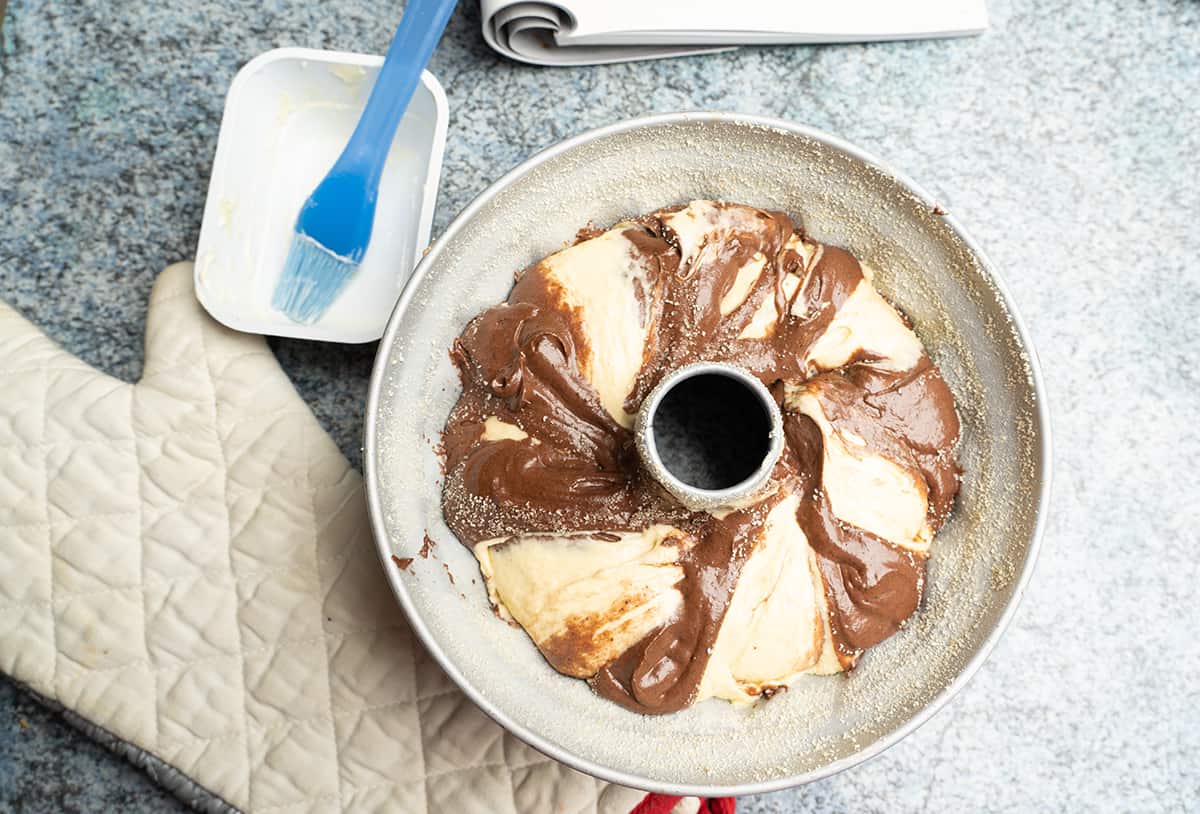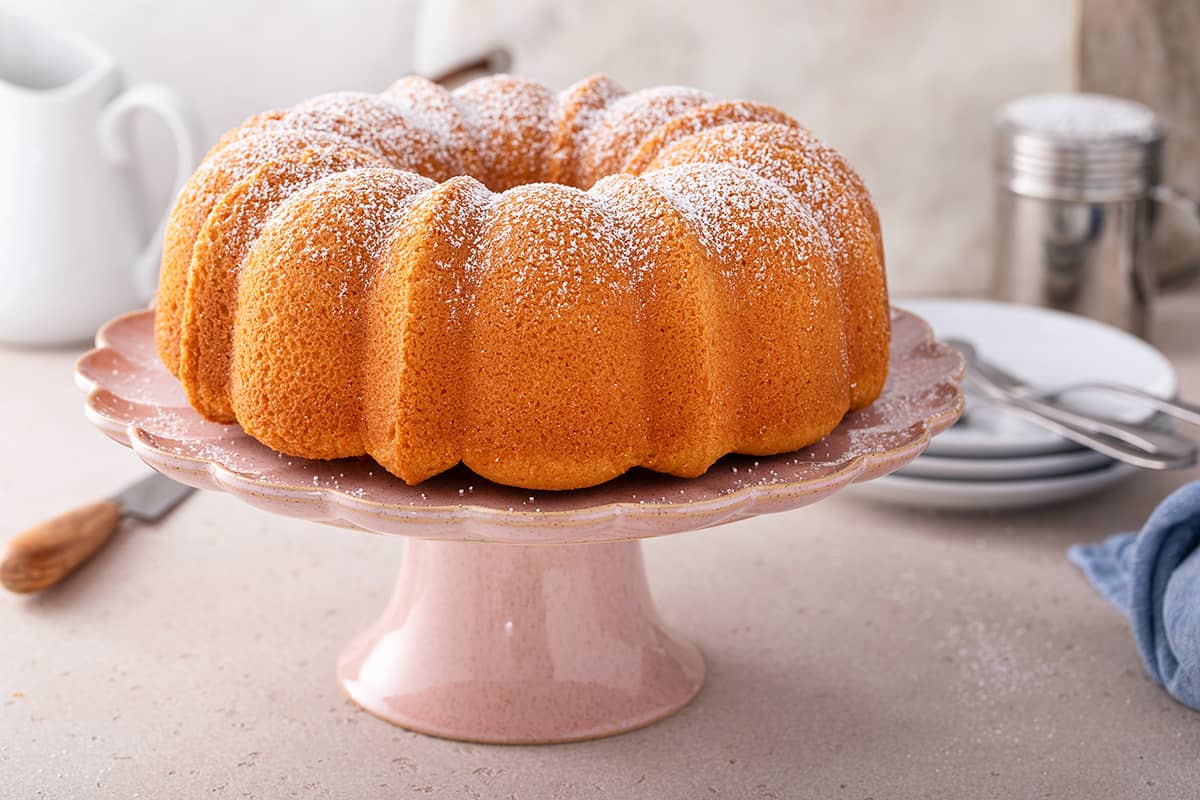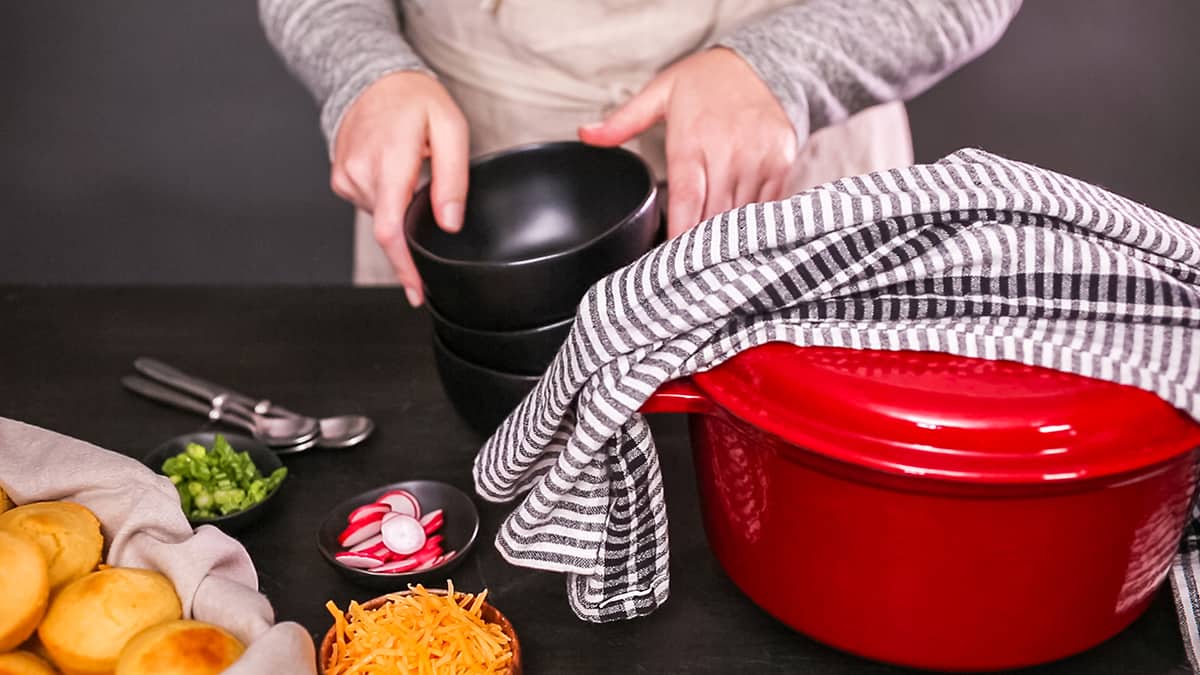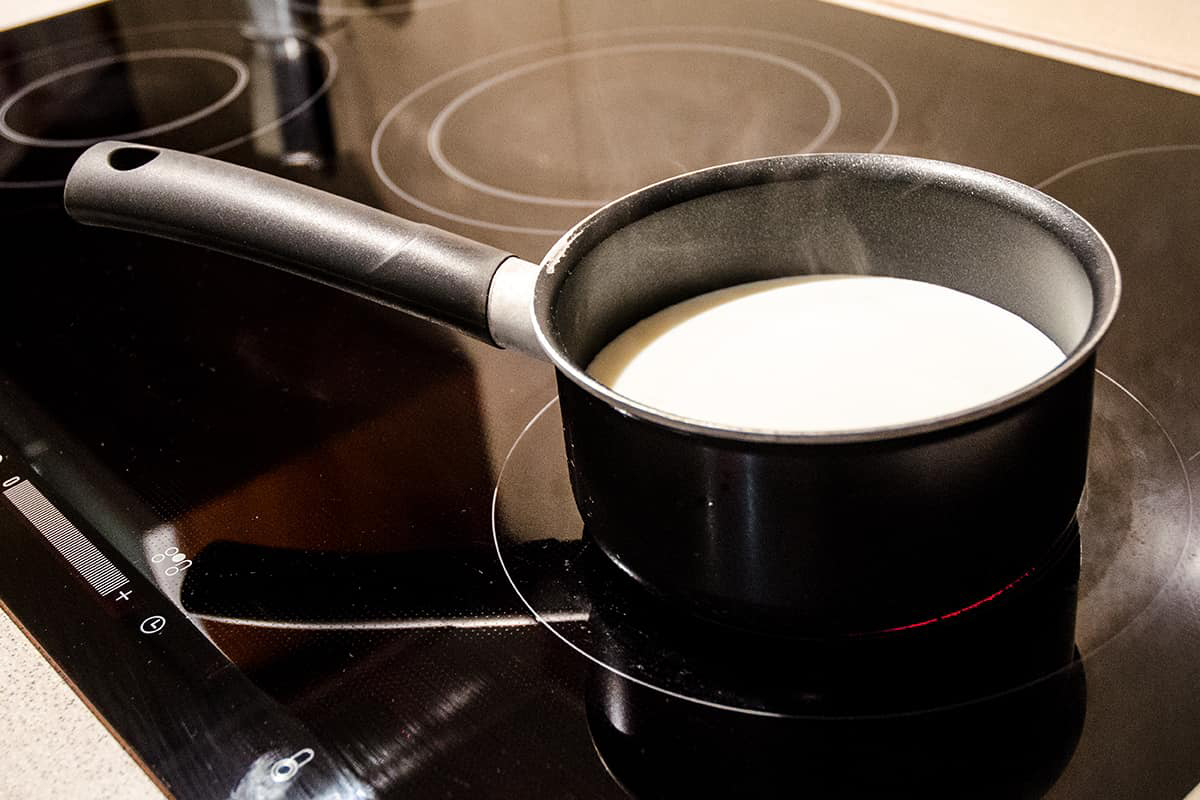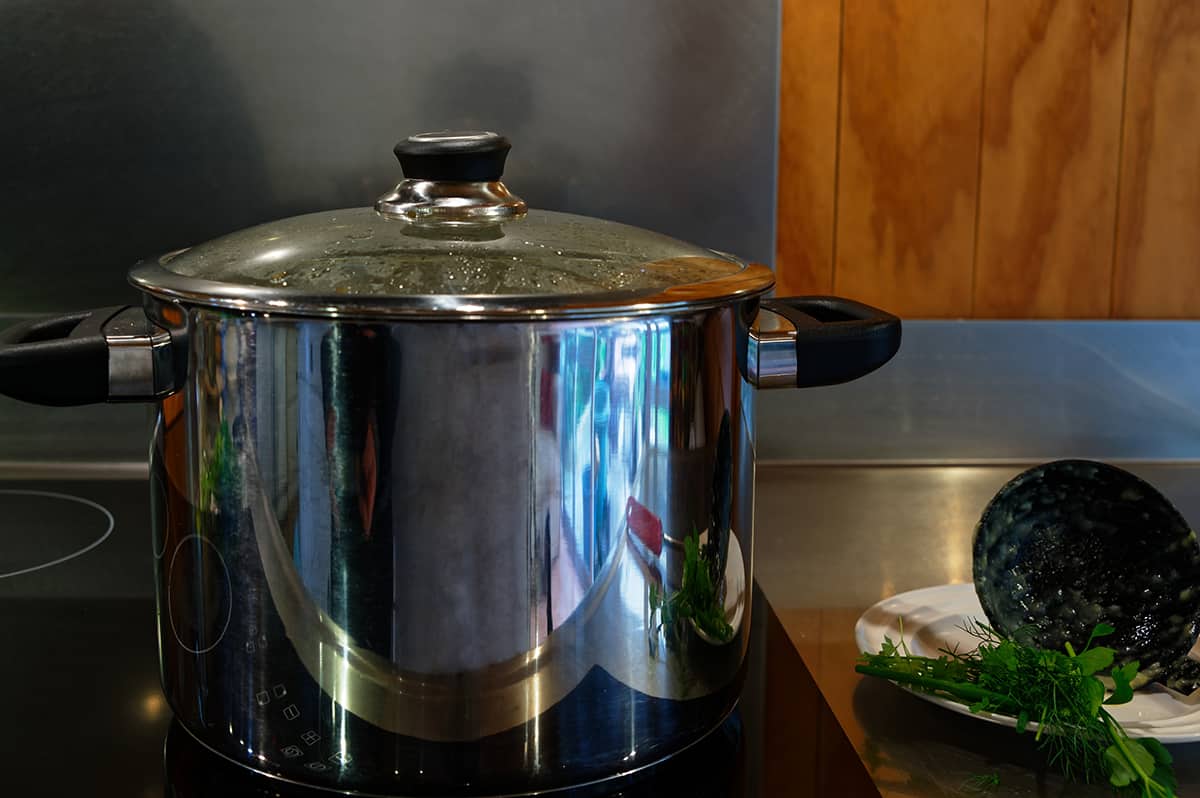Cooking, like any art form, has its tools. Among them, Dutch ovens and casserole dishes are classic staples in many kitchens. Both have stood the test of time, serving delicious meals over generations. But while they may look similar, they’re distinct in function and form.
Dutch ovens are typically made of cast iron, retaining heat and making them ideal for long, slow cooking, like stews. Casserole dishes, usually ceramic or glass, are designed for dishes that need even heating, like baked pasta.
In the following sections, we’ll look deeper into characteristics and advantages of each of these cooking vessels.
Materials and Design
Every kitchen artist needs the right canvas and paints, right? Enter Dutch ovens and casserole dishes.
Dutch Oven Materials
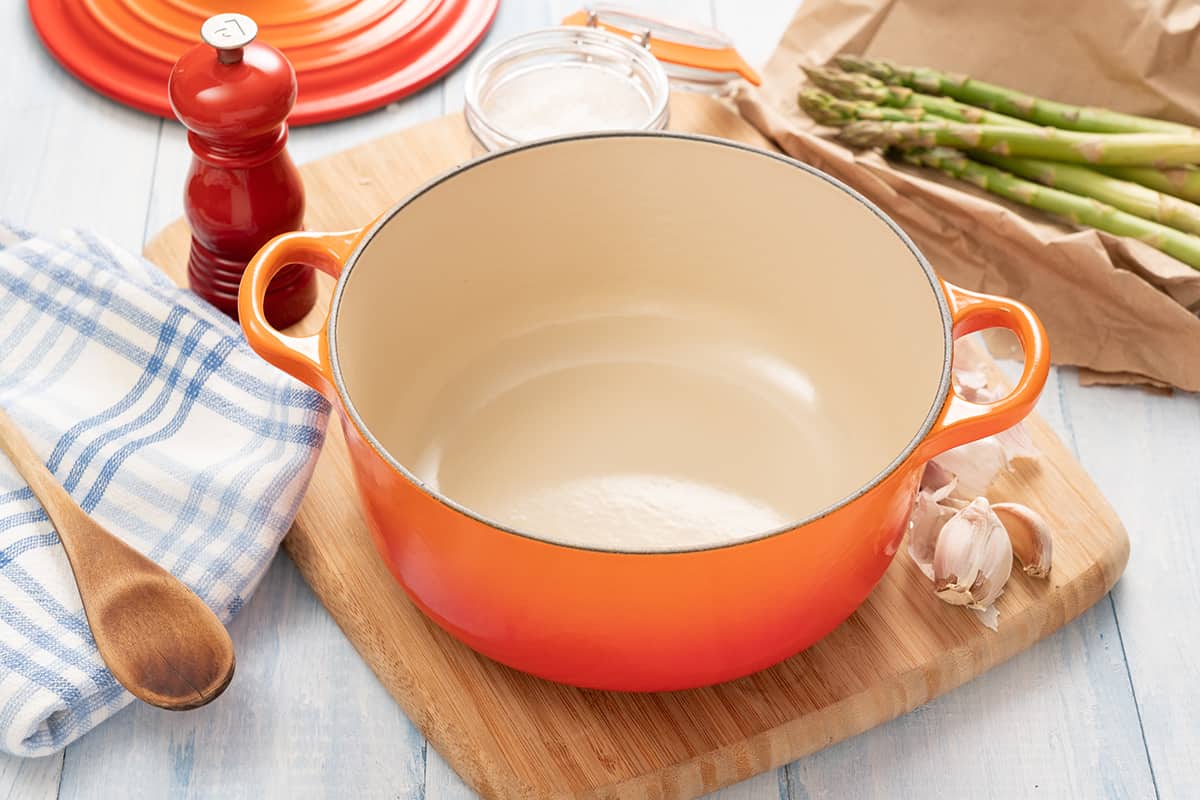
Cast iron is the superstar here. This heavyweight is famous for keeping heat steady, making it a champ for those dishes that need consistent warmth. Plus, many come with an enamel coating, which not only adds a dash of color to your kitchen but also keeps the food from sticking. Bonus!
Casserole Dish Materials
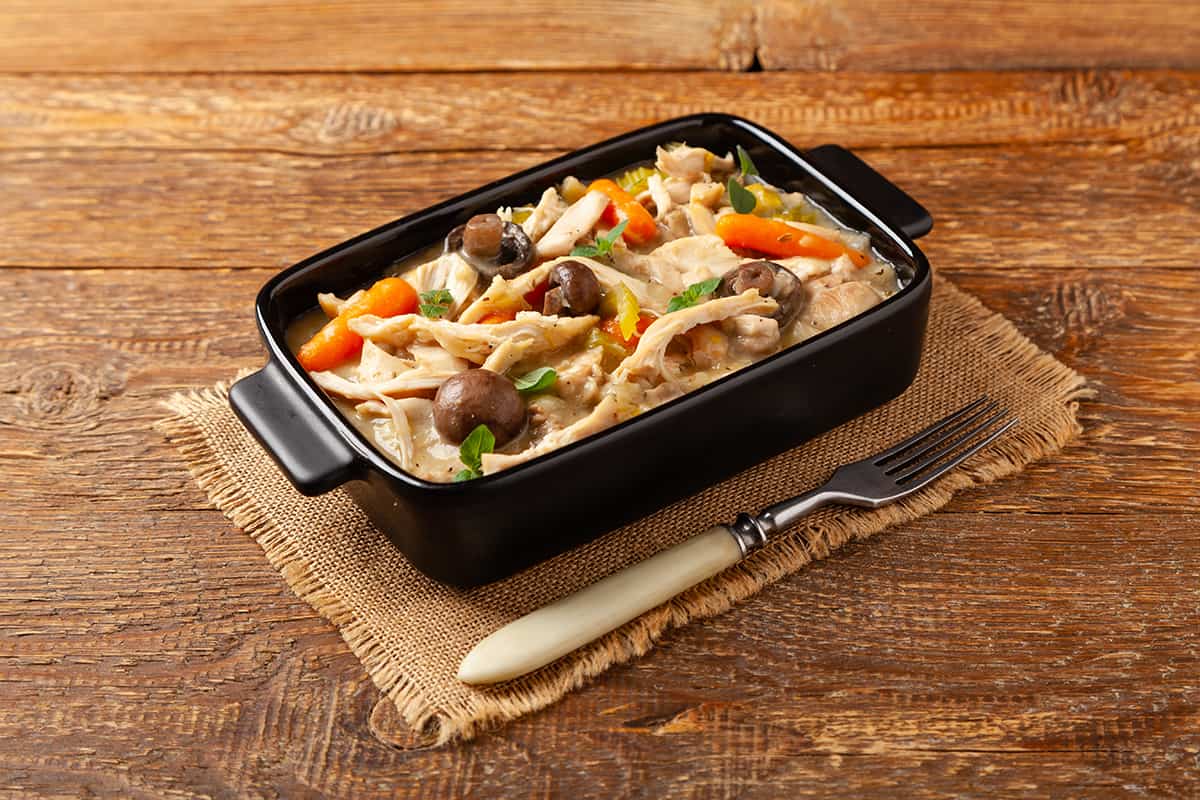
Wave hello to ceramic and glass! These smooth operators are all about distributing heat evenly. Ever noticed how a casserole dish heats up everywhere, including the sides? That’s the magic of ceramic and glass. They also come in a bunch of snazzy designs that can make your food look like it’s ready for its Instagram debut.
Functionality and Performance
So, you’ve got this shiny Dutch oven or casserole dish. But what can it really do?
Temperature Tolerance
Dutch ovens laugh in the face of high heat, making them awesome for slow cooking or high-temperature roasting. Casserole dishes, while not as fearless, can handle their fair share of heat, especially in ovens. Just remember, ceramic and glass don’t love rapid temperature changes, so avoid taking them from super-hot to super cold too quickly.
Versatility in Cooking
Ever dreamed of bubbling stews or fall-off-the-bone meats? Dutch ovens are your best bud for those. Thanks to their design, they trap moisture inside, giving you that drool-worthy texture. Casserole dishes are all-stars for things like baked ziti or your grandma’s famous tuna casserole.
Oven to Tabletop
Both these contenders are not just performers; they’re show-offs too! Dutch ovens, with their robust look, are ready to jump straight from the oven to your dining table, holding onto their warmth. Casserole dishes, with their glossy finish, are like the runway models of dishes. Cook, serve, and wow your guests without switching containers.
Maintenance and Durability
Cast iron Dutch ovens demand a bit of love. Keep them dry to avoid rust, and occasionally season them to maintain their non-stick properties. Casserole dishes are a tad easier. A simple wash, dry, and they’re good to go. Just keep an eye out for chips or cracks, as they can be a bit delicate if dropped.
Special Features
Let’s talk bells and whistles. Because let’s face it, who doesn’t like a kitchen tool that comes with some snazzy extras?
Dutch Oven Advantages
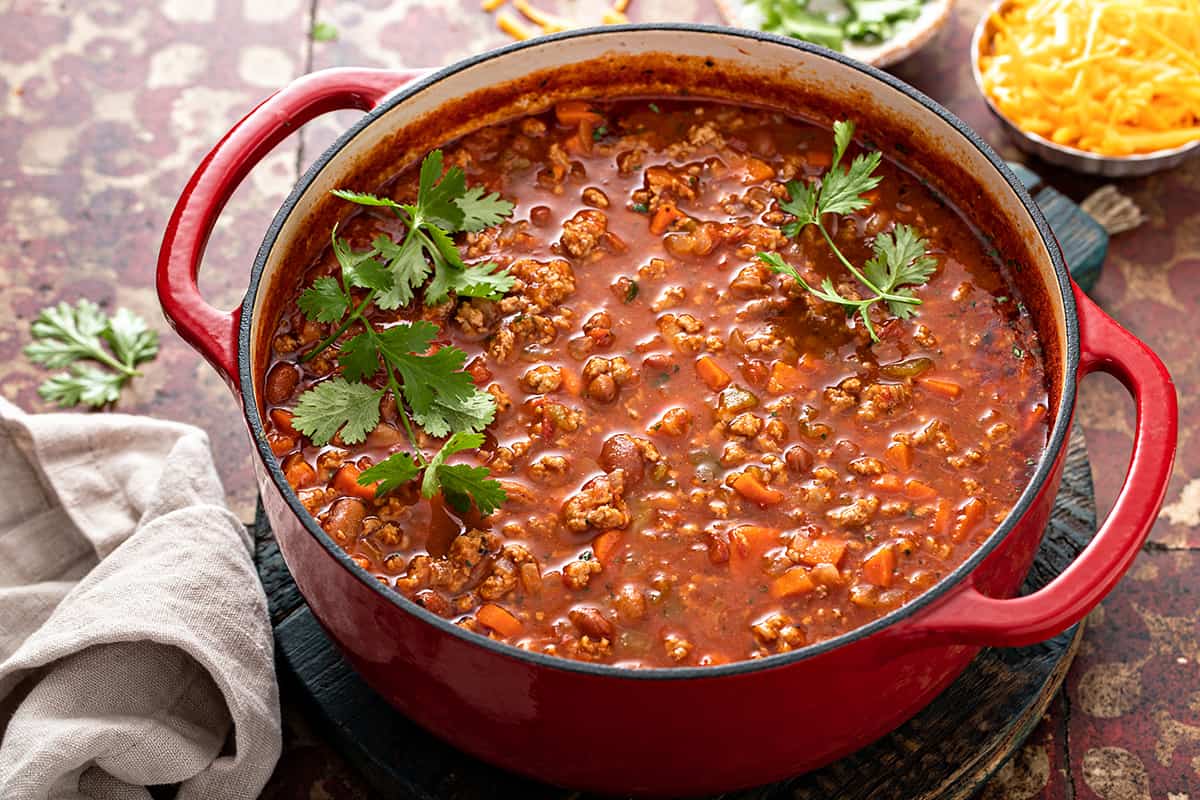
Got a lid? Dutch ovens often do! Their heavy lids are like mini workout weights for your hands. But besides that, they’re fantastic for trapping in all that yummy moisture, leading to juicier meats and more flavorful soups. Many of them are compatible with stovetops, too. So, sear your meat and then pop it in the oven, all without switching pots.
Casserole Dish Advantages

First off, many casserole dishes come in see-through materials, so you can play detective and keep an eye on your baking without opening the oven. Ever been in the mood for a dish with a crispy top but gooey inside? Some casserole dishes come with lids, perfect for achieving that contrast. They’re also a cinch to store. Most are stackable, making them the ideal roommate for your already-packed cabinets.
Heat Retention
When it comes to holding onto heat, Dutch ovens just can’t let go! They retain heat like champs, keeping food warm long after you’ve turned off the flame. Casserole dishes, while not as clingy, do a decent job too, especially when covered.
Adaptability
Dutch ovens can transition from stovetop to oven without breaking a sweat. Casserole dishes are the multitaskers—perfect for freezing that lasagna for later or popping it under the broiler for a crispy top.
Usage Scenarios
Have you ever stared at your kitchen shelf, pondering which pot to pull down for dinner? Let’s decode when to pick the mighty Dutch oven and when to go for that stylish casserole dish.
When to Use a Dutch Oven
Imagine this: It’s a chilly evening, and you’re craving something warm and hearty. Sounds like a job for the Dutch oven! Perfect for stews that need time, love, and consistent heat.
Dreaming of homemade bread with a crusty exterior and fluffy inside? The Dutch oven’s got you covered. Its design lets you cook dishes that need both wet and dry heat, like a pot roast that’s crispy outside and juicy inside.
When to Use a Casserole Dish
If you’re aiming for a dish that’s baked evenly, maybe with a golden-brown cheese layer on top, your casserole dish calling your name. It’s your sidekick for baked pastas, gratins, and of course, casseroles. Whip up a layered dessert or a cheesy dip in this dish for potlucks. Its even heat distribution means no burned edges or cold centers.
Cost and Value
Let’s talk dollars and sense! Picking between a Dutch oven and a casserole dish can be about getting the most bang for your buck.
Upfront Cost
Dutch ovens can be a tad pricier, but they last for ages if treated right. Casserole dishes, generally more wallet-friendly, can be reliable and stylish with a bit of care.
Resale Value
Well-made Dutch ovens, especially branded ones, can fetch a pretty penny later on. They’re like the antiques of the kitchen world! Casserole dishes, while not holding as high a resale price, are more about utility. They’re for those who want value now, without thinking of future garage sales.
FAQs
1. Can I use a Dutch oven as a casserole dish and vice versa?
Absolutely, with a little twist! A Dutch oven is a jack-of-all-trades, so you can use it as a casserole dish for baking or roasting. On the flip side, you can use a casserole dish for some Dutch oven recipes, but be mindful of the heat. Casserole dishes don’t always love super high temperatures or direct flame.
2. What sizes are most practical for a home kitchen?
Size matters, but bigger isn’t always better! For Dutch ovens, a 5 to 6-quart size is pretty versatile. It’s big enough to whip up a pot of chili for a small crowd but won’t gobble up all your cabinet space. If you’re often cooking for just one or two, you might even consider going a tad smaller with a 3 to 4-quart size.
For casserole dishes, think about what you cook most. For a family of four, a 9 ×13-inch dish is a solid choice. It’s perfect for lasagnas, baked chicken, or those marshmallow-topped sweet potato dishes.
3. Which is more suitable for beginners in the kitchen?
If you’re looking for straightforward, fuss-free, and a bit of a “set it and forget it” vibe, a casserole dish is your buddy. They’re pretty intuitive: fill, bake, enjoy. They’re also easier to clean, which means fewer “I’ll do the dishes tomorrow” promises.
Dutch ovens, while a tad more high maintenance, aren’t rocket science. They offer versatility. You can sauté veggies, brown meat, then throw in some broth, pop the lid on, and have a stew going in no time. There’s a tiny learning curve, like figuring out heat settings and getting the hang of seasoning the pot if it’s not enameled.


